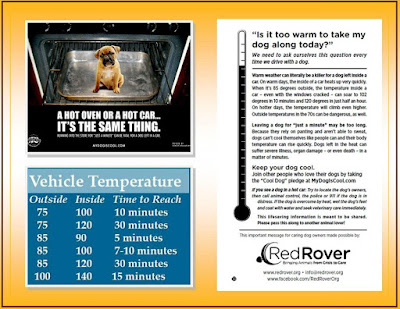 |
| Dr. David Gagnon |
November is National Pet Diabetes Month. People are becoming increasingly familiar
with diabetes, as it is a growing health problem in our society, and there are
countless medical advertisements on TV.
Our pets get diabetes too.
So what do uncontrolled diabetics look like? We (yes, we... I am diabetic too) drink a lot
of water, and then out it comes as urine.
Since the body isn’t able to utilize the glucose it receives from food,
the body believes it’s in starvation mode, so appetite initially goes up
too. For the same reason, diabetics lose
weight. This last fact is sometimes
confusing to people, because we often associate diabetes as happening in
overweight people or animals. This is
true, as being overweight or obese is a risk factor, but once diabetes sets in,
those animals then lose weight.
In some dogs, diabetes happens along with another hormonal
condition, such as Cushing’s disease.
Cushing’s disease causes the body to produce too much steroid hormone,
and steroids can cause insulin resistance, thus leading to diabetes. Cushing’s disease, diabetes, and other
metabolic or hormonal disorders, can look very similar, so we initially
recommend full bloodwork to make sure that there’s nothing more going on.
Now that we have a diagnosis of diabetes, how do we
treat? Almost always, it requires
insulin injections. Dietary changes can
help avoid drastic swings in blood sugar levels too. Pets do require routine blood sugar checks to
be sure that the insulin dose is appropriate.
With adequate treatment, most animals have a very good prognosis!
What happens if your diabetic pet goes untreated, or if it’s
not well-controlled? He will continue to
lose weight and become increasingly lethargic.
He is also at a greater risk for urinary tract infections, pancreatitis,
and peripheral neuropathies. The most
common long-term complication in dogs is irreversible cataract formation in the
eyes, but this is not true for cats.
There’s a risk for developing diabetic ketoacidosis, in which animals’
electrolytes and acidity level of the blood can become altered and potentially
life threatening.
If you notice your pet’s energy level is decreasing, or if
he spends more time at his water dish or having to go outside more than usual
(or if he’s having urinary accidents inside), call your veterinarian right
away. This may be due to diabetes, and
treatment could give him – and you – a much happier life! If we catch it and treat it early enough in
cats, there’s a chance for remission, thus eliminating the need for insulin
treatment. I love it when that happens!














